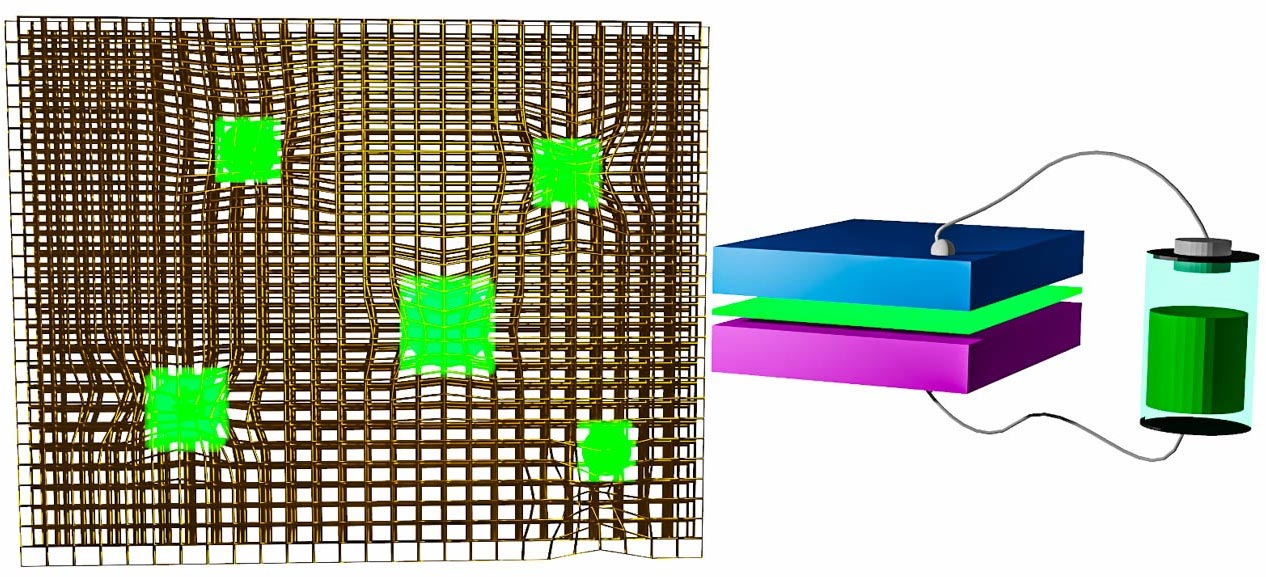Breakthrough in Perovskite Nanocrystals for Lighting

Recent advancements in lighting technology have paved the way for more energy-efficient and durable solutions. A significant breakthrough has emerged from the Centre for Nano and Soft Matter Sciences (CeNS) in Bengaluru. Researchers have developed an innovative method to minimize anion migration in perovskite nanocrystals. This development addresses critical issues such as heat and moisture sensitivity and color instability. The implications of this research could lead to the creation of efficient optoelectronic devices that are both reliable and long-lasting.
The Evolution of Lighting Technology
Lighting technology has undergone a remarkable transformation over the years. Currently, lighting accounts for nearly 20% of global electricity consumption. The journey began with incandescent and fluorescent lamps, which were the primary sources of artificial light. The invention of light-emitting diodes (LEDs) in the 1960s marked a significant turning point. LEDs are now recognized for their energy efficiency and long lifespan.
A pivotal moment in this evolution occurred in 1993 when Shuji Nakamura and his team developed high-brightness blue LEDs. This innovation enabled the creation of energy-efficient white LEDs (WLEDs), a feat that earned them the Nobel Prize in Physics in 2014. Today, LEDs dominate the market, leading in both efficiency and longevity. Emerging technologies like Organic LEDs (OLEDs), Quantum Dot LEDs (QLEDs), and micro/mini-LEDs are shaping the future of lighting. Each of these technologies offers unique advantages, such as vibrant colors and precise color control. However, they also face challenges, including high production costs and environmental concerns.
Challenges in Perovskite LEDs
Perovskite LEDs (PeLEDs) have emerged as a promising alternative, combining the benefits of OLEDs and QLEDs. However, their widespread application is hindered by several challenges. One major issue is their sensitivity to heat and moisture. Additionally, color instability caused by anion migration poses a significant barrier to their use. Anion migration occurs when halide ions, such as chloride, bromide, or iodide, move between quantum dots in mixed layers. This instability can lead to poor performance in practical applications.
Researchers at CeNS have recognized these challenges and have focused on finding solutions. The team, led by Dr. Pralay K. Santra, has developed a method to minimize anion migration in cesium lead bromide (CsPbBr₃) perovskite nanocrystals. By addressing these issues, they aim to enhance the performance and reliability of PeLEDs, making them a viable option for next-generation lighting solutions.
Innovative Solutions for Stability
To tackle the challenges associated with perovskite nanocrystals, the CeNS team employed a novel approach. They synthesized green light-emitting CsPbBr₃ perovskite nanocrystals using a hot injection method. In this process, oleylamine serves as the passivating ligand. To further enhance stability, the researchers applied argon-oxygen (Ar-O₂) plasma treatment. This treatment immobilizes the surface ligands by creating a cross-linked, hydrophobic layer.
The result is a significant improvement in color stability and a reduction in anion exchange. This breakthrough not only stabilizes the perovskite nanocrystals but also enhances their overall performance. The findings have been published in the journal Nanoscale, providing valuable insights into the stabilization of perovskite nanocrystals. This research paves the way for the development of efficient and durable optoelectronic devices, potentially revolutionizing the lighting industry.
Observer Voice is the one stop site for National, International news, Sports, Editor’s Choice, Art/culture contents, Quotes and much more. We also cover historical contents. Historical contents includes World History, Indian History, and what happened today. The website also covers Entertainment across the India and World.

